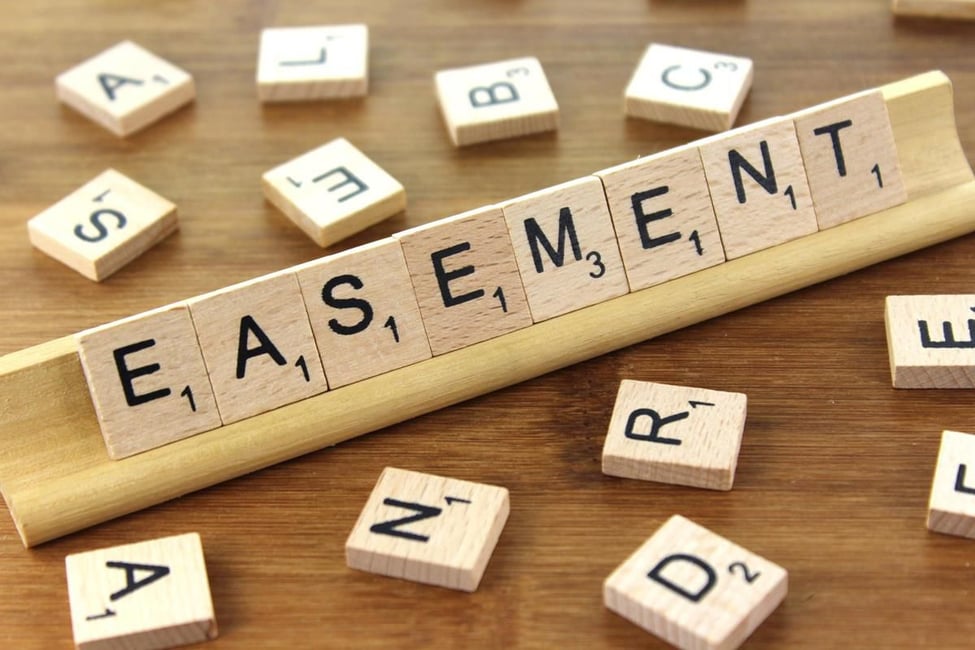Easements are a crucial aspect of property ownership, yet they're often misunderstood. Contrary to popular belief, having an easement on your property isn't a cause for concern; it simply grants someone else the legal right to use a portion of your land for a specific purpose. So, what exactly does this entail?
Deciphering Easements
An easement essentially allows someone to access or utilize a part of your property. For instance, you might have an easement over your neighbor's land to reach your backyard, or there could be a shared driveway easement between your property and your neighbor's. Importantly, easements pertain to the land itself, not the individual owner.
Buying and Selling Property with Easements
When you buy or sell a property with easements, the rights and responsibilities associated with those easements automatically transfer to the new owners. While the sale doesn't require approval from the party benefiting from the easement, any changes to the property's use must consider the existing easements.
Documentation of Easements
Easements must be officially registered on the property's title to be valid. This involves detailing the servient tenement (the land subject to the easement) and the dominant tenement (the land benefiting from the easement). The documents describing the easement, such as reference plans or legal instruments, are listed in the Parcel Register.
Types of Easements
One common type is a right-of-way (ROW), often found in residential areas, which allows for vehicular or pedestrian passage through a defined pathway. Mutual driveways between houses and utility easements for services like hydro or telecommunications are other examples.
Challenges and Solutions
Issues can arise when structures or renovations encroach upon easement areas. It's essential to consult surveys to understand easement boundaries and potential obstacles. Legal agreements or corrections may be necessary to resolve disputes or establish new easements.
Utility Easements
Properties often have registered utility easements for overhead wires or underground pipes. Encroaching on these areas can lead to costly consequences, emphasizing the importance of understanding and respecting easement boundaries.
Other Easement Varieties
Beyond access and utilities, easements can cover various purposes, from conservation to maintenance. Condominium declarations may also include easements relevant to shared spaces.
Verifying Easement Status
Partnerships with agencies like Teranet help verify easement status through Parcel Registers. While these records are generally accurate, unregistered easements or inaccuracies can occur, necessitating further investigation.
Survey Plans as a Resource
Land surveys provide valuable insights into easement locations and dimensions. They're crucial for identifying potential conflicts and understanding property boundaries.
Legal Guidance
When in doubt, seek legal advice to clarify easement rights and obligations. Understanding easements empowers property owners to navigate land-related matters effectively.
Easements are integral to property ownership, facilitating shared access and utility services. By comprehending easement details and leveraging resources like surveys and legal counsel, property owners can protect their interests and maintain harmonious relationships with neighbors and utility providers alike.

